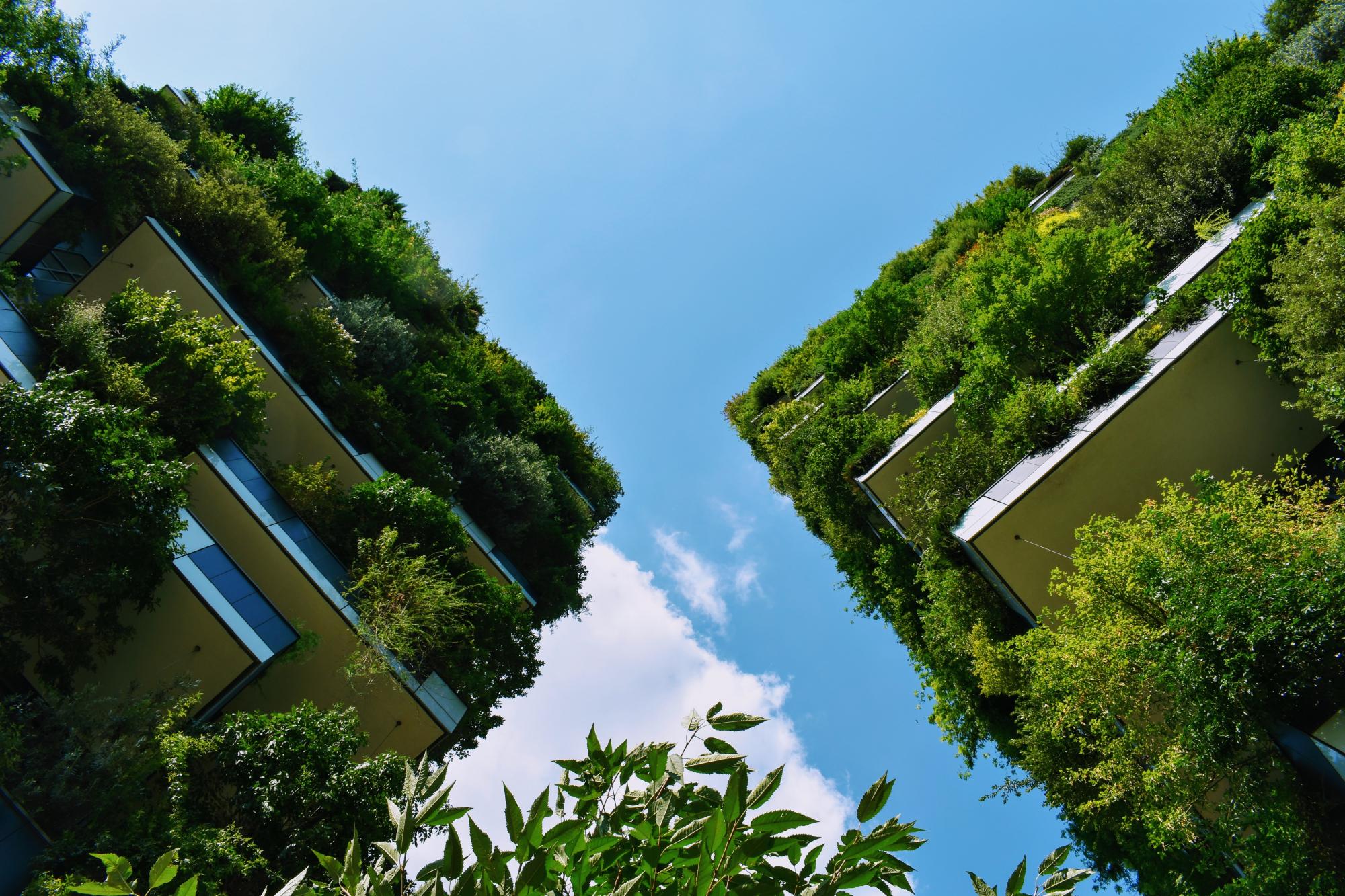The Polder Roof is a green roof originally installed on the top of the Old School Amsterdam, Gaasterlandstraat, Amsterdam with innovative controllable water storage and drainage system on which crops are grown, solar panels are installed and that provides space for recreation. (1,2) Thereby, it combines multiple benefits including the reduction of heat stress, noise reduction, sustainable energy provision, biodiversity, food production and climate change adaptation (2,7). The Polder Roof was a pilot project that won an innovation award and is viewed as an example for urban climate change adaptation solutions. (2). In 2019, due to the renovation of the former Old School building, it was necessary to relocate the Polder roof to a different place. The Polder Roof is a completely de-mountable system, made up of crates with a sedum layer on top, thus it could be removed quite easily from the Old School roof and put somewhere else. In the name of circularity, the sustainable drainage system was moved to the roof of the South Food Bank building. (10,11,12) With the relocation of the Polder Roof system, however, the size of the green roof has decreased to 1200 sqm from 2010 sqm (2).
Overview
Nature-based solution
- Nature on buildings (external)
- Green roofs
- Community gardens and allotments
- Other
- Green areas for water management
- Sustainable urban drainage systems
Key challenges
- Climate action for adaptation, resilience and mitigation (SDG 13)
- Climate change adaptation
- Water management (SDG 6)
- Stormwater and rainfall management and storage
- Green space, habitats and biodiversity (SDG 15)
- Green space creation and/or management
- Environmental quality
- Air quality improvement
- Noise reduction
- Regeneration, land-use and urban development
- Regulation of built environment
- Promote natural styles of landscape design for urban development
- Sustainable consumption and production (SDG 12)
- Sustainable production
Focus
Project objectives
Implementation activities
Climate-focused activities
Climate change adaptation:
- Implement green walls or roofs to lower indoor temperature and provide insulation
- Implement sustainable urban drainage infrastructure (e.g. to make space for water)
Main beneficiaries
- Public sector institution (e.g. school or hospital)
- Private sector/Corporate/Company
- Researchers/University
- Citizens or community groups
Governance
Management set-up
- Co-governance with government and non-government actors
Type of initiating organisation
- Business association or network
Participatory approaches/ community involvement
- Co-planning (e.g. stakeholder workshops, focus groups, participatory mapping)
- Dissemination of information and education
- Co-management/Joint management
Details on the roles of the organisations involved in the project
Project implemented in response to ...
Financing
Total cost
Source(s) of funding
- Public local authority budget
Type of funding
- Direct funding (grants, subsidies, or self-financed projects by private entities)
Non-financial contribution
Impacts and Monitoring
Environmental impacts
- Climate change
- Lowered local temperature
- Environmental quality
- Improved air quality
- Reduced noise exposure
- Water management and blue areas
- Increased protection against flooding
- Improved stormwater management
- Green space and habitat
- Increased green space area
Economic impacts
- Other
Socio-cultural impacts
- Social justice and cohesion
- Improved access to urban green space
- Increased sustainability of agriculture practices
- Health and wellbeing
- Gain in activities for recreation and exercise
Type of reported impacts
Presence of formal monitoring system
Presence of indicators used in reporting
Presence of monitoring/ evaluation reports
Availability of a web-based monitoring tool
References
2. Stolp, S. (2015). Het Polderdak. Accessed on October 28, 2020, Source link
3. Unknown (n.d.). Source link werkt het Polderdak? Accessed on October 28, 2020, Source link
4. Rooftop Revolution (n.d.). Polderdak Zuidas. Website not available
5. Nederland Word Tanders. (n.d.). Polderdak Zuidas. Website not available
6. Gemeente Amsterdam (2014). Polderdak Zuidas. Website not available
7. Green Business Club Zuidas (n.d.). Het Polderdak. Website not available
8. Unknown (2016). Retentiedak Smart Flow Control. Website not available
9. Gemeente Amsterdam (2011). Structuurvisie Amsterdam 2040. Utrecht: Municipality of Utrecht. [pdf] Website not available
10. Amsterdam Rainproof. (2020).Polderdak Old School verhuist naar de Voedselbank. Accessed on October 28, 2020, Source link
11. Green Business Club Amsterdam Zuidas. (2020). Polderdak Old School verhuisd naar de Voedselbank. Accessed on October 28, 2020, Source link
12. Het Parool. (2020). 's Werelds eerste Polderdak verhuist naar Voedselbank Zuid. Accessed on October 28, 2020, Source link
13. Rooftop Revolution. (n.d.). Gementeelijke subsidies. Accessed on October 28, 2020, Source link






